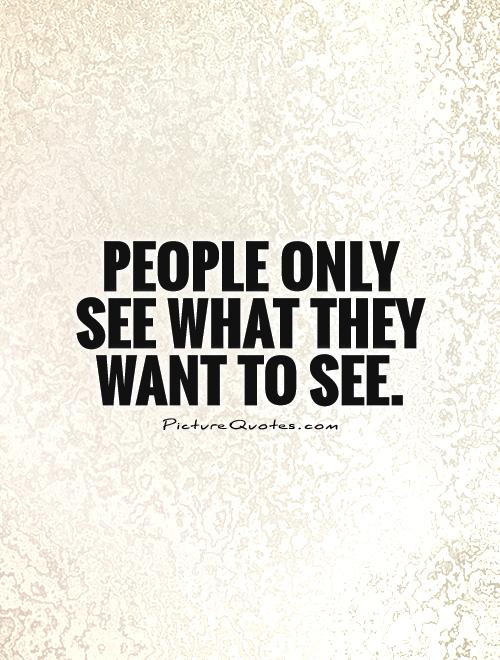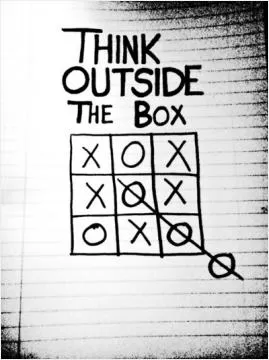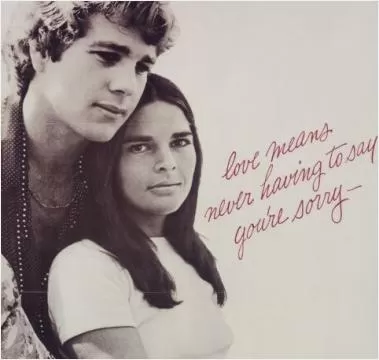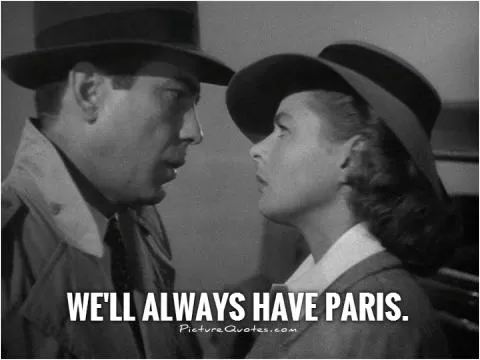People only see what they want to see

People only see what they want to see
In the realm of communication, the phrase "people only see what they want to see" holds a significant amount of truth. When it comes to the words that people use, individuals often interpret them through the lens of their own beliefs, biases, and experiences. This can lead to misunderstandings, miscommunications, and even conflicts between people.One of the main reasons why people only see what they want to see in the words of others is due to confirmation bias. Confirmation bias is the tendency for individuals to seek out information that confirms their preexisting beliefs and ignore or dismiss information that contradicts them. This bias can color the way people interpret the words of others, causing them to only focus on the parts that align with their own views and disregard anything that challenges them.
Additionally, people's emotions and personal experiences can also influence how they perceive the words of others. For example, if someone is feeling insecure or vulnerable, they may interpret a neutral statement as a personal attack. On the other hand, if someone is feeling confident and secure, they may interpret the same statement as a harmless joke. Our emotional state can greatly impact how we interpret the words of others, leading us to only see what we want to see.
Cultural differences can also play a role in how people interpret words. Different cultures have different norms, values, and communication styles, which can lead to misunderstandings when people from different backgrounds interact. For example, a direct communication style may be seen as rude or aggressive in some cultures, while in others it may be seen as honest and straightforward. These cultural differences can cause people to only see what they want to see in the words of others, as they may interpret them through the lens of their own cultural norms.












 Friendship Quotes
Friendship Quotes Love Quotes
Love Quotes Life Quotes
Life Quotes Funny Quotes
Funny Quotes Motivational Quotes
Motivational Quotes Inspirational Quotes
Inspirational Quotes